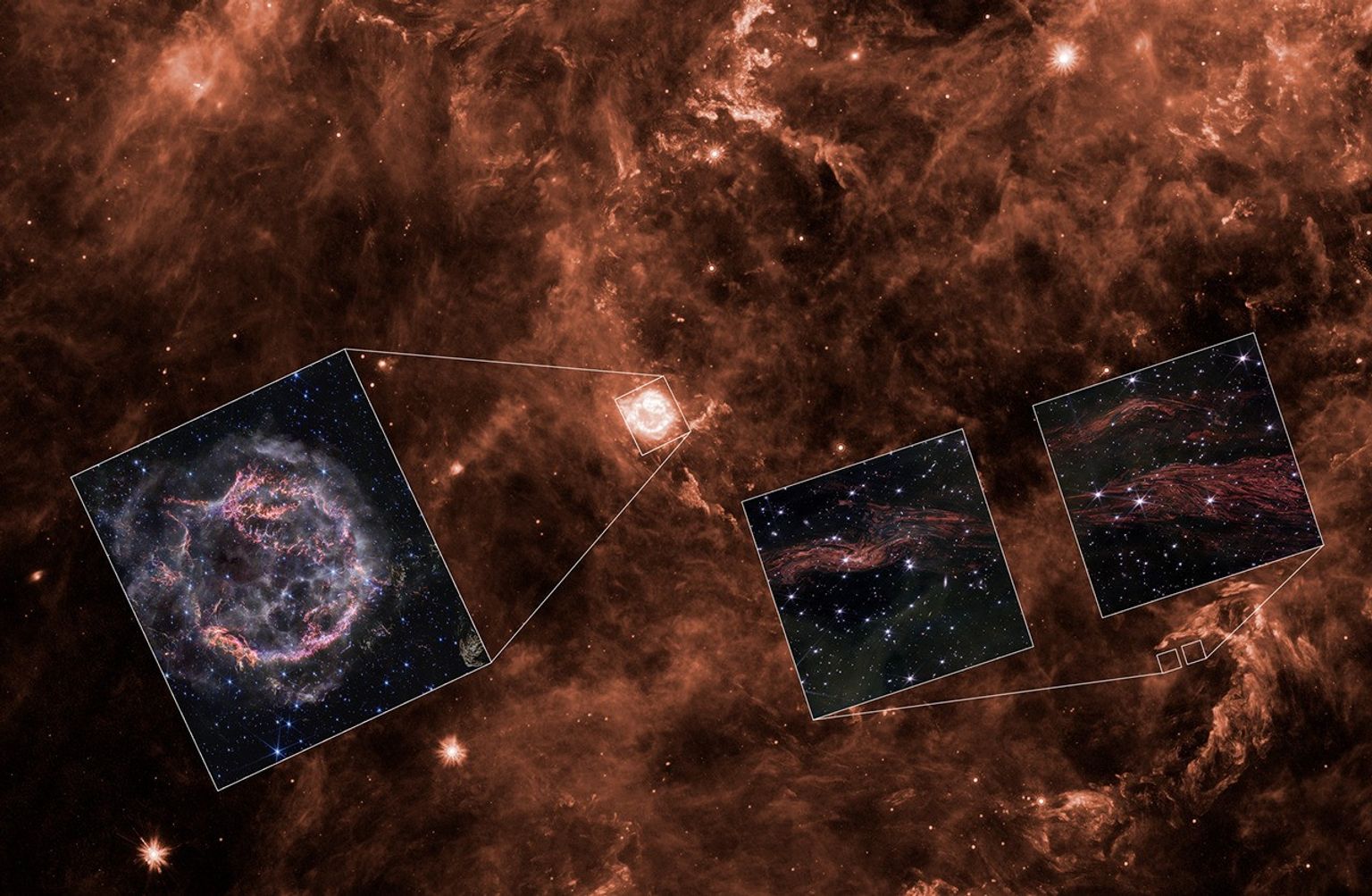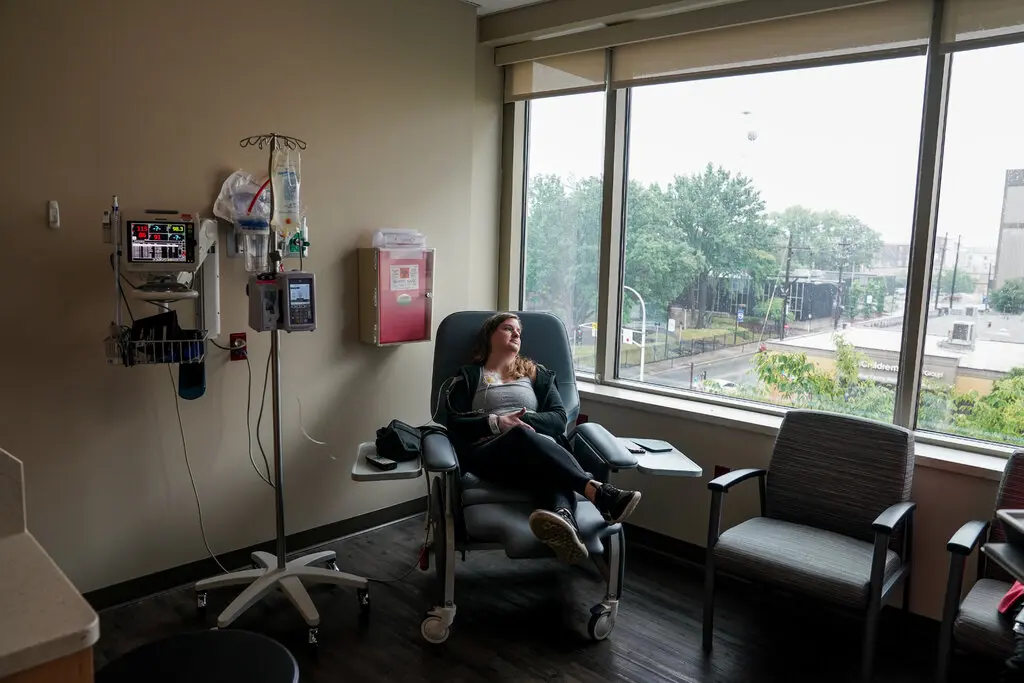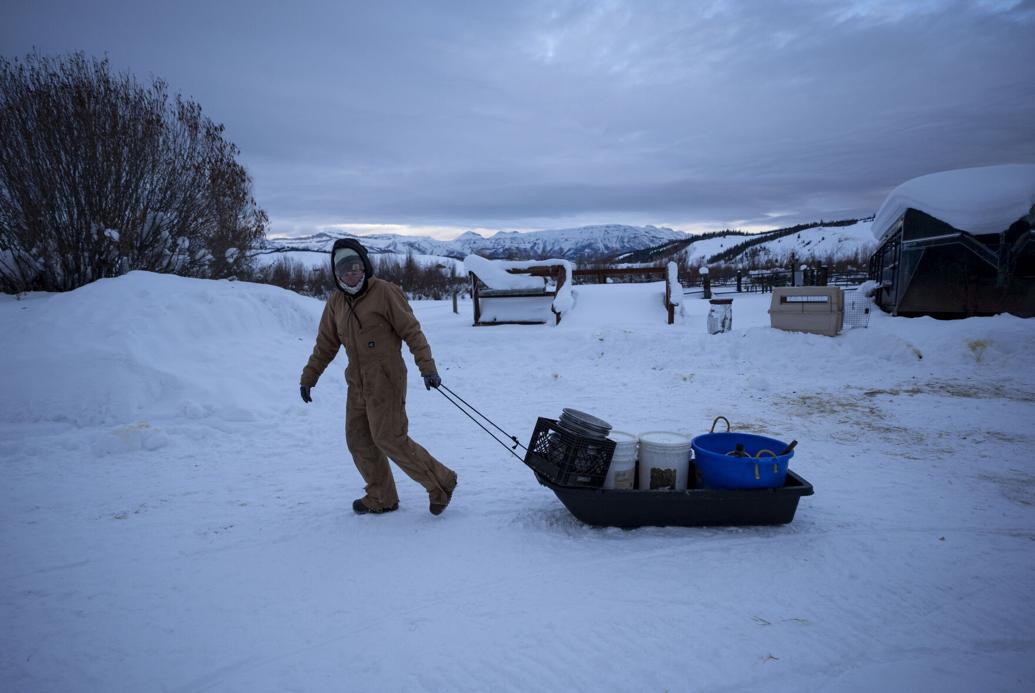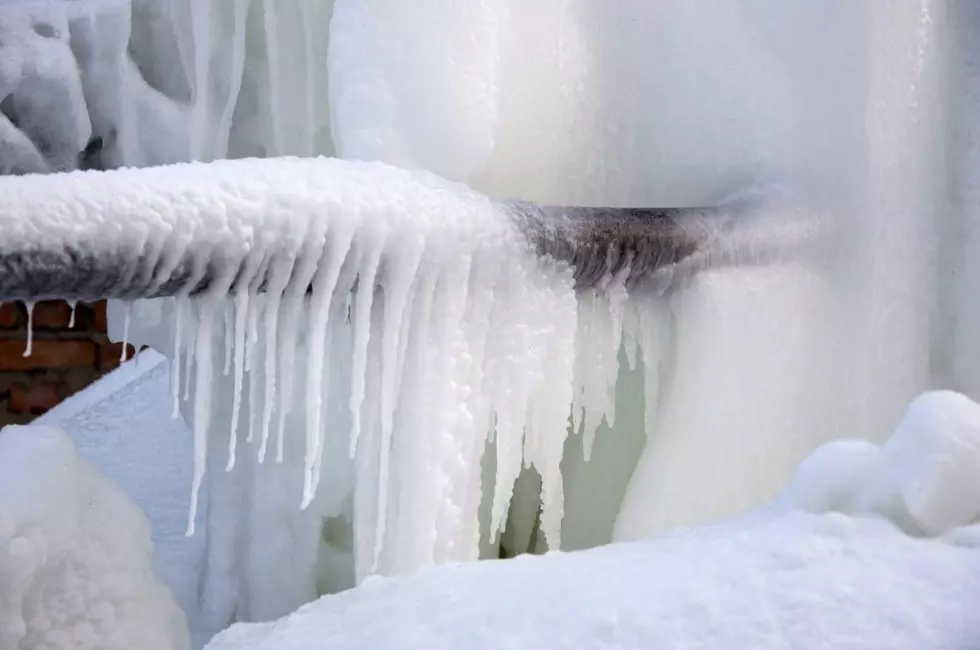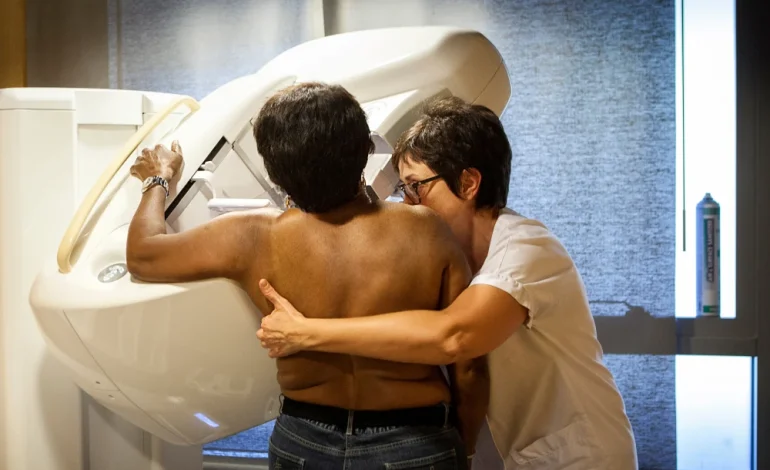While advancements in breast cancer treatment have led to a significant drop in mortality over the past two decades, the American Cancer Society (ACS) is reporting a concerning trend: breast cancer diagnoses are increasing, particularly among younger women, NBC News reports.
The ACS report, published Tuesday, reveals that breast cancer mortality has decreased by 44% since the late 1980s. However, breast cancer rates have been climbing steadily, increasing by 1% annually since 2012. This increase is even more pronounced in younger women, with rates rising by 1.4% each year since 2021.
A particularly alarming trend is seen among Asian American and Pacific Islander (AAPI) women under 50, who have experienced a 50% surge in breast cancer diagnoses since 2000. This trend has pushed AAPI women under 50 to have higher breast cancer rates than Black, Hispanic, American Indian, and Alaska Native women of the same age group, a significant shift from 2000 when they had the second-lowest rates.
The reasons behind this rise in younger breast cancer diagnoses remain unclear. However, experts like Dr. Reid, a researcher at the ACS, point to modifiable risk factors such as environmental exposures, rising obesity rates, and sedentary lifestyles. Dr. Wendy Wilcox, chief women’s health officer at New York City Health + Hospitals, emphasizes that it’s likely a combination of factors driving this trend.
The report also highlights a persistent racial disparity in breast cancer mortality: Black women are still more likely to die from breast cancer than white women. While Black women have a slightly lower chance of being diagnosed with breast cancer, they are nearly 40% more likely to die from the disease. This disparity is seen even in the most treatable types of breast cancer, highlighting the need for improved access to care and treatment.
American Indian and Alaska Native women also face disparities, with a 10% lower chance of getting breast cancer but a 6% higher chance of dying from it. This disparity is likely linked to lower screening rates, with just over 50% of American Indian and Alaska Native women over 40 having received a mammogram in the past two years compared to nearly 70% of white women. Hispanic women also have lower screening rates compared to white women.
Across racial and ethnic groups, the report found that AAPI, Hispanic, Black, and American Indian/Alaska Native women are more likely to develop breast cancer at a younger age. However, AAPI and Hispanic women have similar mortality rates to white women.
To address these disparities, experts call for increased access to early screening and the best cancer treatments. This includes expanding access to insurance coverage, making it easier for individuals to take time off for screenings and care, and ensuring access to cancer centers, particularly in underserved communities.

